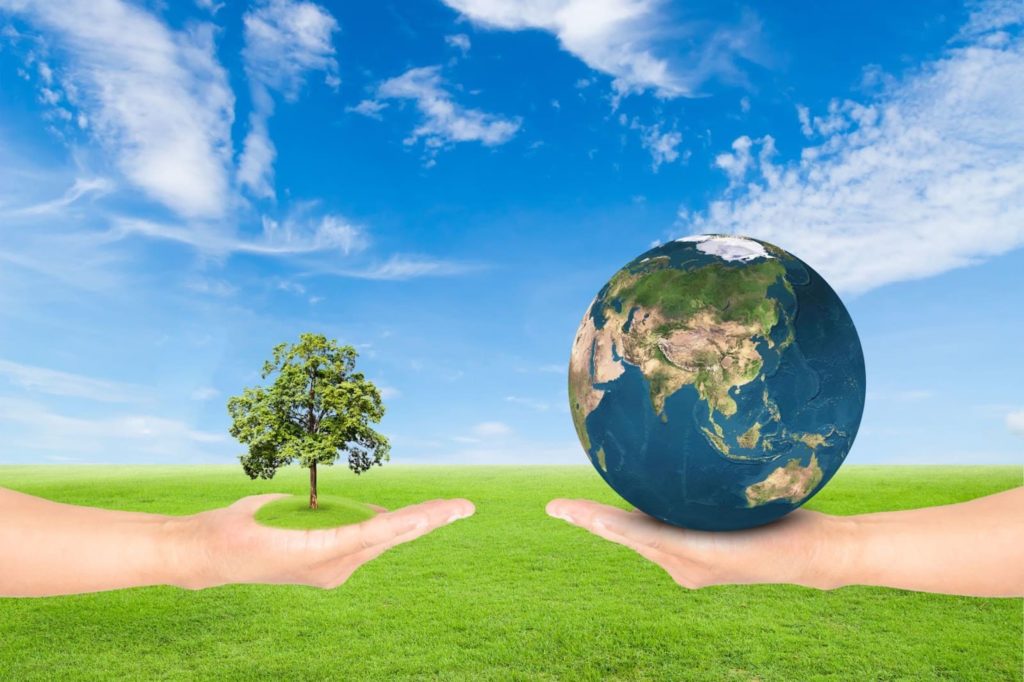How Agriculture Carbon Credits and Trees are Being Developed into NFTs
- On : June 5, 2022
- By : Entegra Signature Structures
Non-Fungible Tokens (NFTs) are not new. They were first developed in 2014. However, they have recently become more widely recognised due to stories about high level investments in art based NFTs.
Now, web developers are entering the world of carbon credits and developing related NFTs that can be useful in assisting in the reduction of carbon emissions. Two of these NFTs were presented to those attending the recent National Carbon Farming Conference in Albury. The Carbon Farmers of Australia have been central to creating the carbon offsets industry in farming in Australia. So, it’s appropriate that this conference should be at the centre of new developments in carbon offsetting and credits.
Key points
- NFTs are developed by the same technology that is used for creating cryptocurrencies like Bitcoin. However, Bitcoin is a fungible token because all tokens are the same. NFTs are unique and are not able to be replaced by another token.
- Web developers are entering the world of carbon credits and developing related NFTs, two of which were presented to those attending the recent National Carbon Farming Conference in Albury.
- The Urth Coin provides a way for carbon credits to be traded. The system allocates a diversity rating to different projects which, together with the credits, can be sold to buyers.
- Metatrees is a project which involves the purchase of NFTs that represent a tree. These digital trees are placed on a farm in the metaverse, and they represent real trees that are planted on a downgraded farm to bring it back to life.
NFTs are amongst the most exciting of these developments. They are developed by the same blockchain technology that is used for creating cryptocurrencies like Bitcoin. However, there is a difference between cryptocurrencies and NFTs. Bitcoin is a fungible token rather than a non fungible token. This means that all tokens are the same and can be replaced by each other. NFTs are unique and are not able to be replaced by another token.
In the case of the presentations in Albury, agriculture carbon credits and trees are being developed into NFTs that provide unique value. These NFTs are called Urth Coin and Metatrees.
The Urth Coin
The Urth Coin provides a way for carbon credits to be traded. The system allocates a diversity rating to different projects which, together with the credits, can be sold to buyers. This opens up an opportunity for valuable dialogue between farmers and buyers.
The process for the creation of an Urth Coin begins when a farmer uploads images of their project to the related Urth app and the project is awarded a biodiversity rating which can then multiply the value of the carbon measured in the project. The Urth Coin is then created and can be sold on to buyers.
The demand for carbon credits globally is strong so there are plenty of opportunities for farmers. The development of Urth Coin can help this potential to be realised as the market can determine how the value of carbon progresses.
The developers of Urth coin hope that this value will increase to around $100-$150/tonne from $35/tonne. Any such increase will make the market more interesting to farmers.
Metatrees
The other NFT presented at the National Carbon Farming Conference is Metatrees. Its aim is to raise capital and it was developed by Ray Mildoni, also known as “Regen Ray.”
The idea behind Metatrees is to purchase a downgraded farm. This property is used to showcase digital trees that are represented by real trees on the farm.
The funding acquired through the purchase of each digital tree is used to eventually bring the entire farm back to life. This is an important environmental benefit as trees capture carbon from the atmosphere.
The Metatrees project features a metaverse which mimics the real-world farm environment. As each metatree, which is an NFT, is purchased it is placed on the farm in the metaverse and the real world. There are 25,000 individually numbered NFT trees available to buy online. Once each purchase is made, the tree is planted and details of its GPS location, species, and function are recorded. This allows each buyer to show support for a valuable environmental project.
These NFTs that represent agriculture carbon credits and trees are an exciting development in the future of enabling Australian farmers to reduce their carbon footprint. It will be interesting to see how this use of NFTs progresses.
RELATED ARTICLES
https://www.beefcentral.com/news/how-ag-carbon-credits-and-trees-are-being-turned-into-nfts/
https://biz.crast.net/how-carbon-credits-and-trees-are-being-converted-into-nfts-beef-central/



